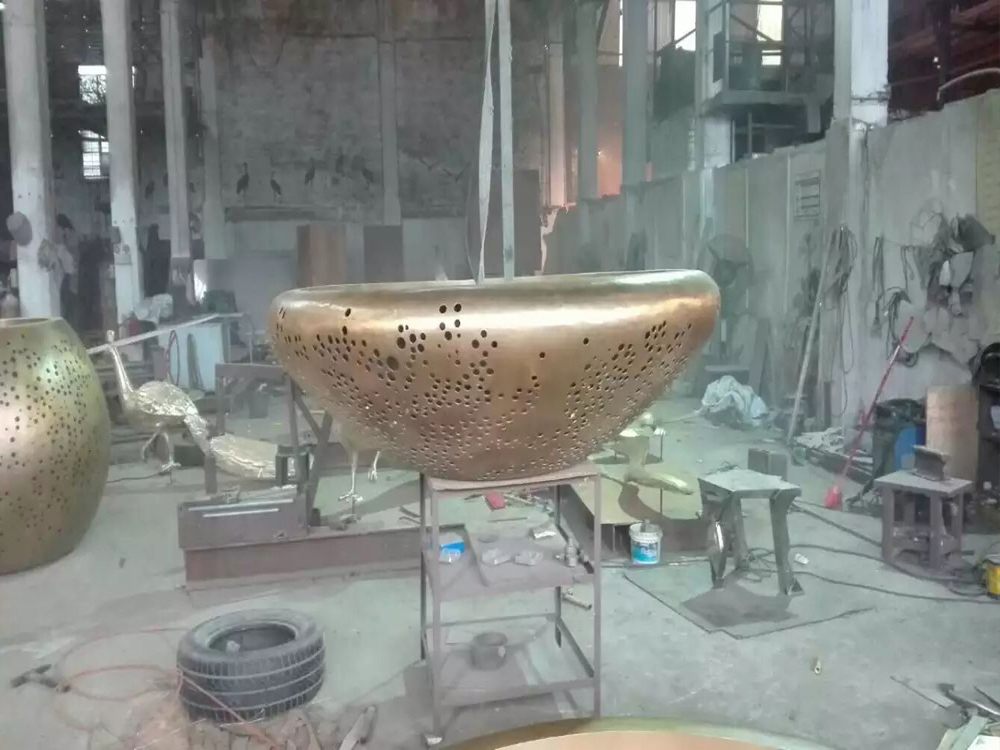
Bronze sculptures, traditionally celebrated for their timeless beauty, have found a new dimension in experimental art through their interaction with magnetic fields. Artists and scientists alike are exploring how these metallic artworks respond to electromagnetic forces, creating dynamic and often unpredictable kinetic pieces.
Unlike ferromagnetic materials like iron, bronze is primarily non-magnetic due to its copper-tin alloy composition. However, when artists embed small ferromagnetic elements or use external magnetic fields, bronze sculptures can exhibit fascinating behaviors. Some pieces incorporate hidden magnets or electromagnetic coils, allowing the sculpture to levitate, rotate, or vibrate in response to controlled magnetic pulses.
One notable technique involves suspending bronze fragments within a magnetic field, creating the illusion of defying gravity. The interplay between the non-magnetic bronze and strategically placed magnetic components results in delicate, floating forms that challenge traditional sculptural norms. Other artists use alternating magnetic fields to induce subtle movements in bronze structures, producing hypnotic, ever-changing installations.
This fusion of art and physics not only expands creative possibilities but also invites viewers to ponder the invisible forces shaping our world. As experimental art continues to evolve, bronze sculptures interacting with magnetic fields stand as captivating examples of how science can breathe new life into classical mediums.

